BLOG
The Heart Channel of Hand Shaoyin
The Heart channel is the Yin-Yang pair channel of the Small Intestine channel. It’s also the Hand channel of Shaoyin…
Below is the pattern differentiation and acupuncture treatment prescription for the signs and symptoms we have learned in this video. There are still a few more things to learn before fully understanding this information. But I will leave these here for those who are interested in taking a peek of what’s coming later or for those who already have some knowledge about pattern differentiation and want to learn more. Until next time! :)
INSOMNIA
KD-7, BL-62, HT-7, SP-6, Anmian, Sishencong
LV Fire harassing HT (+ LV-2)
Phlegm-Heat harassing HT (+ ST-40, PC-8)
HT-SP deficiency (+ BL-15, BL-20)
HT-KD not communicating (+ BL-15, BL-23)
HT-GB deficiency (+ BL-15, BL-19)
MANIC BEHAVIOR
GV-26, HT-7, PC-8, SJ-5, ST-40
Phlegm-Fire (+ CV-12)
Excess Fire damaging Yin (+ LV-2, KD-3)
DEPRESSION
GV-20, Yintang, LV-3, HT-7, PC-6, CV-17
LV Qi stagnation (+ LV-14)
Qi stagnation transforming to Fire (+ LV-2)
Phlegm-Qi stagnation (+ ST-40, CV-12)
Malnourished HT-Mind (+ BL-15, HT-3)
HT-SP deficiency (+ BL-15, BL-20)
HT-KD deficiency (+ BL-15, BL-23)
Heart Channel of Hand Shaoyin
The Heart channel is the Yin-Yang pair channel of the Small Intestine channel. It’s also the Hand channel of Shaoyin. Let’s start with the primary channel.
The Heart Primary Channel
The Heart primary channel originates in the Heart, emerging from the blood vessel system surrounding the Heart. It descends through the diaphragm, then connects with the Small Intestine.
There is a branch from the Heart that goes up along the esophagus, crosses the face, and connects with the tissues around the eye.
There is another branch from the Heart that goes to the Lungs and emerges at HT-1. The Heart channel traverses the medial aspect of the upper arm, crossing HT-3 at the elbow. It goes down along the antero-medial aspect of the lower arm, crossing HT-7 at the wrist.
It continues its path, crossing the palm, and ends at HT-9, at the radial side of the little finger.
The Heart Luo-connecting Channel
The Heart luo-connecting channel comes out at HT-5 and connects with the Small Intestine channel. It enters the Heart and connects with the root of the tongue and the eye.
The Heart Divergent Channel
The Heart divergent channel separates from the Heart primary channel at the axillary fossa. It enters the chest and connects with the Heart. Then it goes up to the throat and emerges on the face, connecting with the Small Intestine channel at the inner canthus.
The Heart Sinew Channel
The Heart sinew channel originates at the radial aspect of the little finger. It goes proximal to bind at the pisiform bone at the wrist. It goes along the medial aspect of the arm and binds at the elbow. It continues proximally and binds at the axilla.
Then it intersects the Lung sinew channel and crosses the breast region to the center of the chest. It descends across the diaphragm and ends at the umbilicus.
Key Points
The primary channel originates in the Heart, emerging from the blood vessels surrounding the Heart
The primary channel connects with the tissues surrounding the eye, the luo-connecting channel connects with the eye, and the divergent channel connects with the Small Intestine channel at the inner canthus
The primary channel ascends along the esophagus and the divergent channel ascends along the throat
The luo-connecting channel connects with the root of the tongue
The divergent channel intersects with the Lung sinew channel and ends at the umbilicus
The primary channel connects with the Small Intestine and the Lungs
The luo-connecting and divergent channels connect with the Heart
Signs and Symptoms of the Primary Channel
Now, let’s look at what kind of signs and symptoms manifest when there is a problem with the Heart primary channel.
Dry throat, thirst
Chest pain
Eye pain
Pain on the inner side of the arm
Signs and Symptoms of the Luo-connecting Channel
The Heart luo-connecting channel has excess and deficiency syndrome. For excess, there is distension and fullness of the chest and diaphragm. For deficiency, there is aphasia.
Signs and Symptoms of the Sinew Channel
Signs and symptoms of the Heart sinew channel are internal tension, accumulation below the Heart, and pain, stiffness and sprain of the muscle along the course of the channel.
Main Acupuncture Points of the Heart Channel
HT-3 can clear Heat and transform Phlegm. Due to these actions, this point can drain Heat from the head, treating signs and symptoms, such as red eyes, toothache, headache, and dizziness. It can also treat disorders related to Phlegm, such as mania, epilepsy, and poor memory.
As most of the points of the Heart channel can calm spirit, HT-5 can treat psycho-emotional disorders. It is classically indicated for a wide range of emotional manifestations, such as fright, agitation, fear, vexation, anger, sadness, and depression. And if there is concurrent palpitations or irregular heart rhythm, HT-5 can be used because it can regulate the Heart Qi as well.
HT-5 is the major point for the loss of voice and the stiffness of the tongue due to wind-stroke, as well as headache, dizziness, and red eyes.
One thing that is interesting about this point is it’s also indicated for gynecological disorders, such as menorrhagia caused by Heat in the Blood.
HT-6 is the major point for the night sweating. Sweat is the Yin fluids of the Heart. This point can also treat Steaming bone disorder due to Yin deficiency.
HT-7 is an important point of the Heart channel in calming and regulating the Mind. This point has a variety of indications related with disorders of the Mind, such as insomnia, frequent talking during sleep, poor memory, and so on. And this point is indicated for any type of palpitations.
Also, HT-7 clears Heat from the channel, treating swelling, dryness, and pain of the throat. HT-9 is similar in that it clears Heat in the Upper Burner, such as swelling, dryness, and pain of the tongue, throat, or eyes, but it can revive consciousness as well.
HT-8 also clears Heat, but it clears the Heat of the Small Intestine and Bladder channel in the Lower Burner, treating urogenital disorders, such as itching or pain of the genitals, difficult urination, prolapse of the uterus, and so on.
HT-8 is also indicated for emotional disorders due to Heart Qi deficiency, which manifests signs and symptoms, such as palpitations, sadness and worry, excessive fear, excessive sigh, and so on.
Next, we will learn about the Small Intestine channel of Hand Taiyang. If you have any feedback or questions about the material covered, please don’t hesitate to contact at junhwa@tcmexplained.com.
* The content is provided only for education purposes and is not intended to be a substitute for professional medical advice, diagnosis, or treatment.
References
1. Cheng, Xinnong, ed. Chinese Acupuncture and Moxibustion. 3rd ed. Fifteenth Printing 2014. Beijing: Foreign Languages Press, 2012.
2. Deadman, Peter, Mazin Al-Khafaji, Keven Baker. A Manual of Acupuncture. 2nd ed. East Sussex, England:Journal of Chinese Medicine Publications, 2007.
3. Kaptchuk, Ted J. The Web That Has No Weaver: Understanding Chinese Medicine. 2nd ed. New York: McGraw-Hill, 2000.
4. Maciocia, Giovanni. The Foundations of Chinese Medicine: A Comprehensive Text for Acupuncturists and Herbalists. 3rd ed. Philadelphia: Elsevier Churchill Livingstone, 2015.
